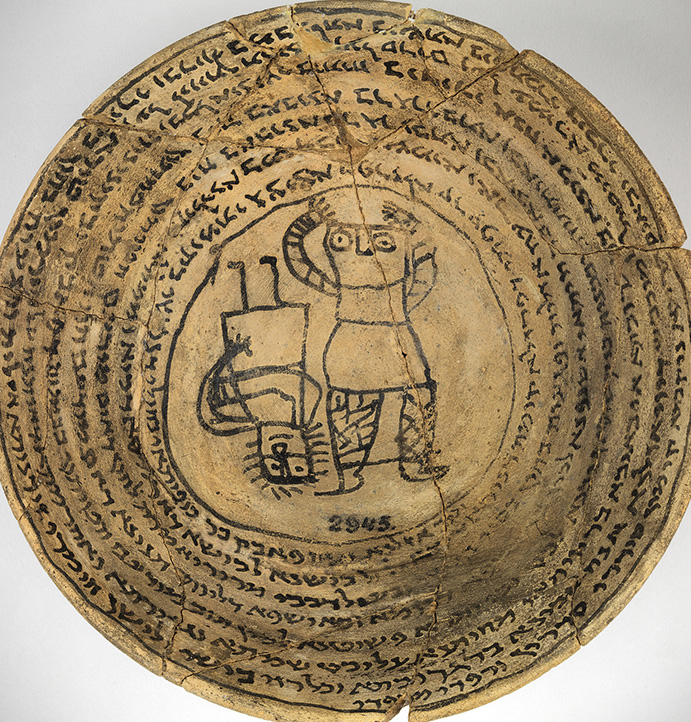What is Kabbalah?
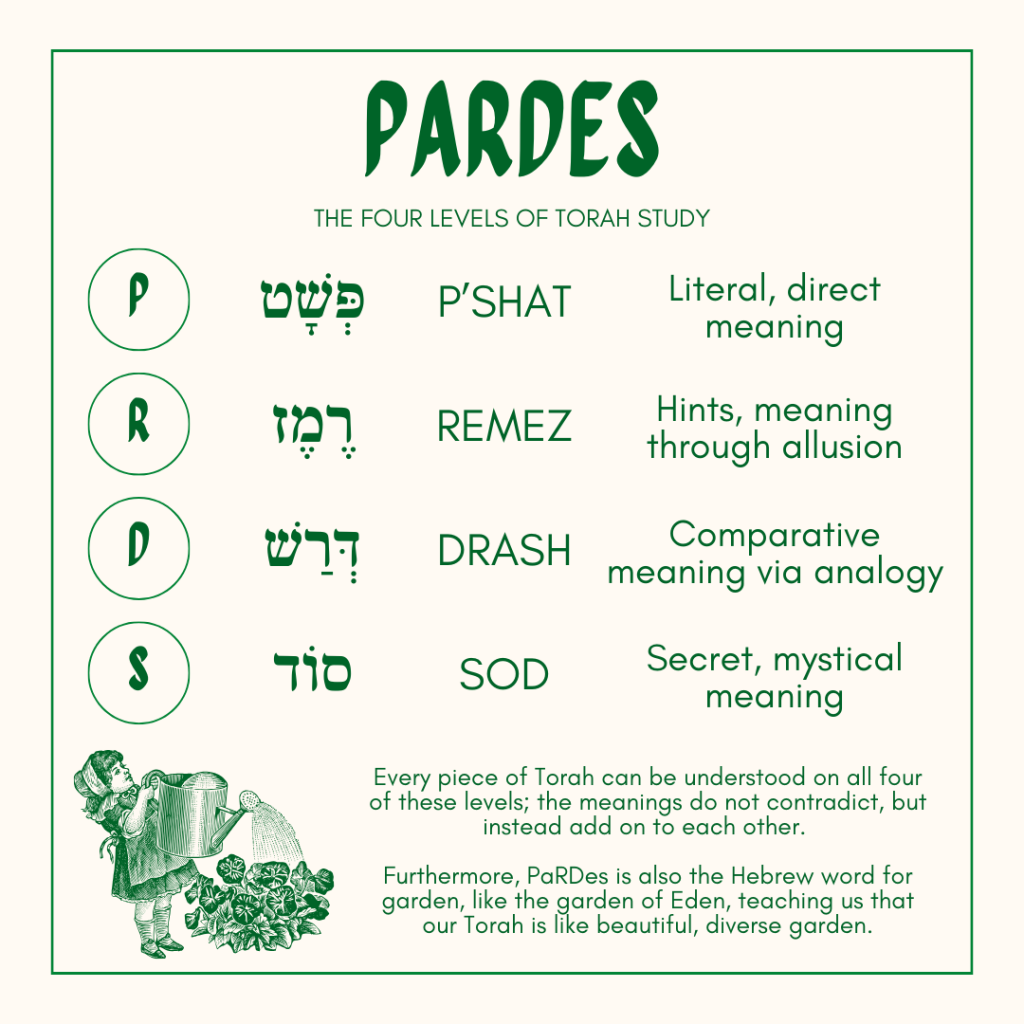
Kabbalah is the Sod level of understanding. It is the deepest, most secret learning we can do and it teaches us the magic within each piece of our world. Kabbalistic teachings have an emphasis on a desire for closeness with the Divine (devekut).
Geoffrey W. Dennis, The Encyclopedia of Jewish Myth, Magic, & Mysticism
"There are three dimensions to almost all forms of Jewish esotericism: the investigative, the experiential, and the practical. The first dimension, that of investigative Kabbalah, involves the quest for gnosis, or special knowledge: plumbing the hidden reality of the universe (the nature of the Godhead), understanding the cosmogony (origins) and cosmology (organization) of the universe, and apprehending the divine economy of spiritual forces in the cosmos...
The second dimension is the experiential, which entails the actual quest for mystical experience: a direct, intuitive, unmediated encounter with a close but concealed deity...
The third dimension is the practical, theurgic, or pragmatic Kabbalah; the application of mystical power to effect change in our world, and the celestial worlds beyond ours."
An Abridged History of the Kabbalistic Movements
Nissan David Dubov, Abraham
"There is also a Talmudic teaching that Abraham taught the mysteries involving “unclean names” to the children of his concubines. This is based on the verse, “to the sons of the concubines that Abraham had, Abraham gave gifts, and he sent them away…to the lands of the East” (Genesis 25:6). These gifts consisted of occult mysteries, which then spread in eastern Asia. It is no wonder that in many of the eastern religions we find parallels to Kabbalistic teachings. One of the most simple and striking examples of the transmission of the occult is that every child knows a magician uses the phrase “Abracadabra.” This magical expression is none other than an Aramaic extension of the Hebrew abra— I will create, k’adabra—as I will speak—the knowledge of creation using letters and names as documented in Sefer Yetzirah."
This Jewish magic, what would later become Kabbalah, was supposedly passed down through the patriarchs, to Moses, to Solomon, and then continually through to the Sages.
2nd Century, CE: Rabbi Shimon bar Yochai (yes, the Lag B'Omer guy and the one who lived in a cave for 12 years!) is given permission from G-d to write the first Kabbalistic text, the Zohar. He learned directly from an angel with whom he studied behind a "curtain of fire." The text was written in Aramaic and included a mystical interpretation of the Torah, among other magical chapters.
1522-1570 CE, Rabbi Moshe Cordevero: Kabbalist living in Safed where he learned under R' Joseph Caro, author of Shulchan Aruch. Cordevero wrote multiple kabbalistic works and was often visited by Elijah.
1534-1572 CE, Rabbi Isaac Luria, the ARIZAL: Another Kabbalist living in Safed and one of the most famous, created a new branch called Lurianic Kabbalah that later heavily inspired the Chasidic movement. This version of Kabbalah is what we will focus on today!
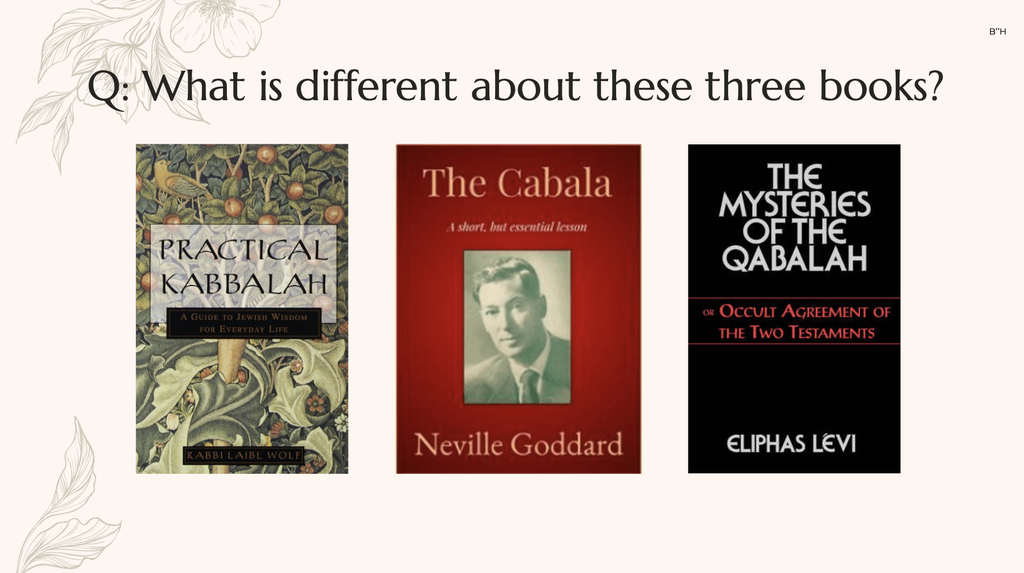
Jewitches, “Kabbalah vs. Cabala vs. Qabalah.”
Kabbalah: “A system of Jewish mysticism which blossomed into existence in 12th century Spain, propelled largely by Sephardic Jews. It is not the only form of mysticism within Judaism, but it is often used as an umbrella term for all Jewish mysticism.”
Cabala(h): “A Christianized form of Kabbalah that seeks to reimagine it through an entirely Christian lens. The spelling is on a decline, as is the practice, and is also commonly referred to as ‘Christian Kabbalah’.”
Qabalah: “a blend of Jewish Kabbalah, Western astrology, Alchemy, Pagan religions, Gnosticism, the Enochian system of angelic magic of John Dee and Edward Kelley, hermeticism, tantra and the symbolism of the tarot.”
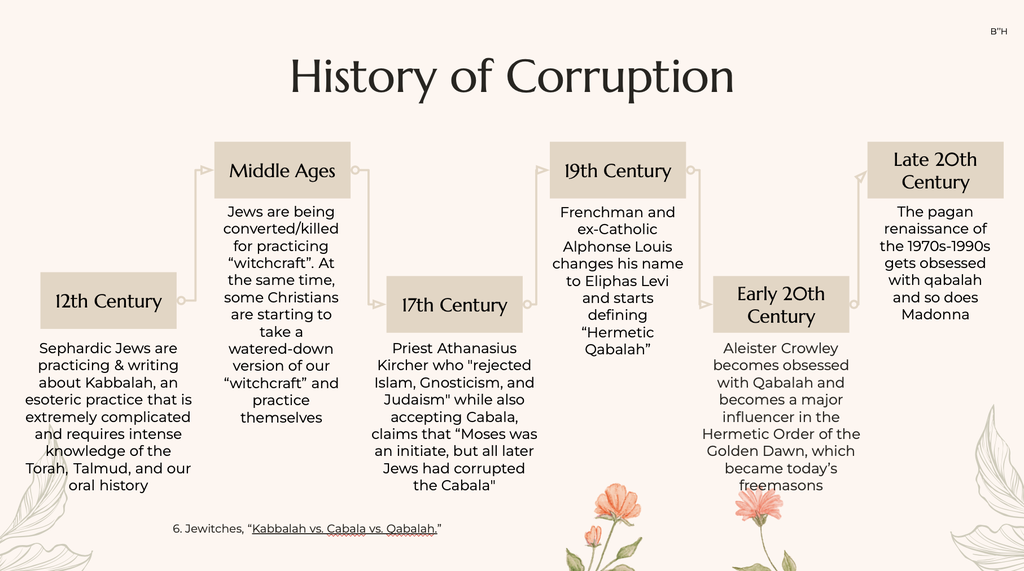
Kabbalistic Creation Story
- Nothing in the world exists except for G-d
- G-d wants to create! But G-d is like an infinite light, filling all the space of the universe
- In order to have space to create, G-d goes through a process of contractions (tzimtzum)
- G-d creates things! BUT the divine light (Ein Sof) is so powerful that it needs somewhere to go, so G-d places it in vessels (think mystical pots)
- However some of the vessels, the lower ones, are not strong enough to withhold so much power and they shatter
- When the vessels break (shevirat ha-kelim), the divine sparks of light (nitzotzot) fly across the universe and land in random places
- The sparks that fell in our dimension are encased in husks (kelipot) of impurity
- It is the human purpose to repair our world by correctly performing the commandments, which unleashes the divine spark from the husk and returns it to its place in the cosmos
- Everything in our world exists in four dimensions, and each one brings the spark closer to the Divine.
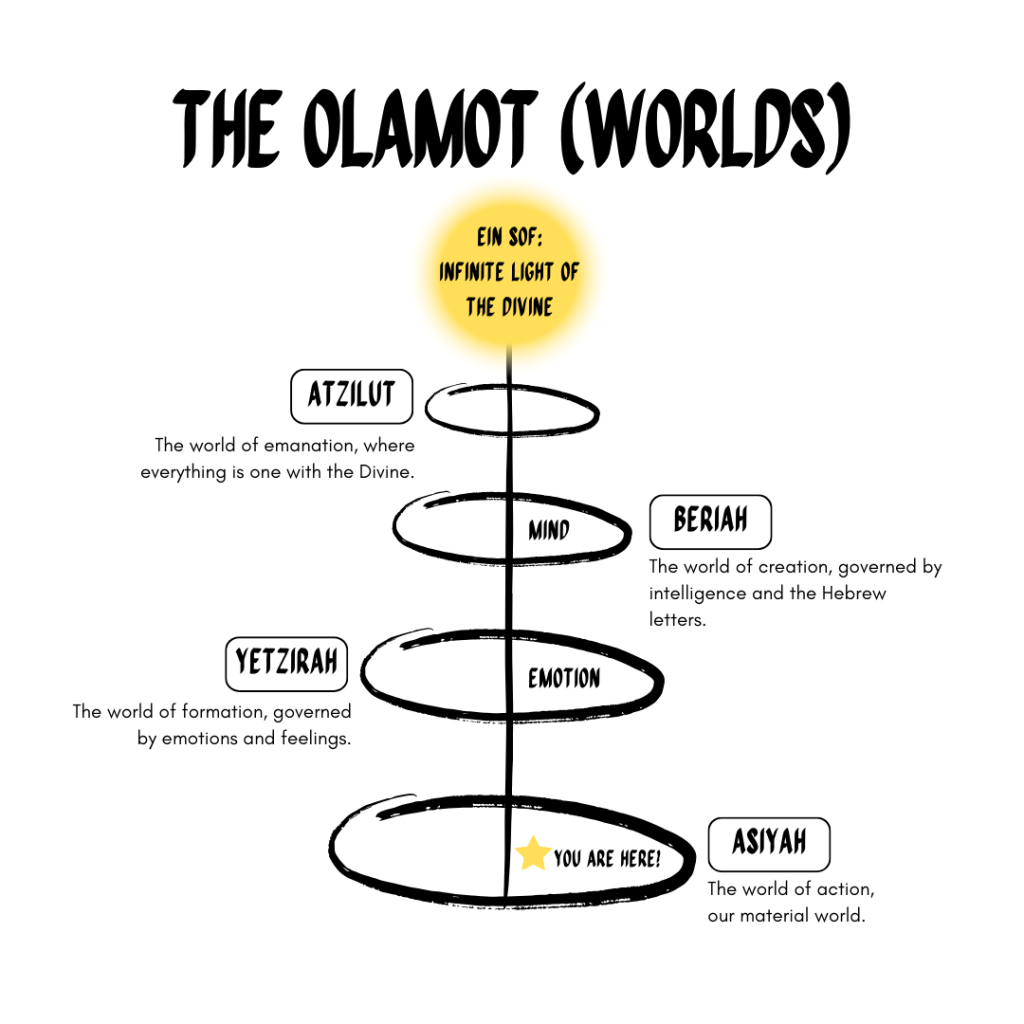
- A debated but interesting addition: the neshama, or soul, goes through a process called gilgul, or reincarnation, continuing to live in bodies until it completes all of the commandments
The Names of G-d
The tetragrammaton is the most well-known of G-d's mystical names, but it's not the only one.
סָבָא לְעַלֵּם כְּתִיב רַבִּי אֲבִינָא רָמֵי כְּתִיב זֶה שְּׁמִי וּכְתִיב זֶה זִכְרִי אָמַר הַקָּדוֹשׁ בָּרוּךְ הוּא לֹא כְּשֶׁאֲנִי נִכְתָּב אֲנִי נִקְרָא נִכְתָּב אֲנִי בְּיוֹד הֵי וְנִקְרָא בְּאֶלֶף דָּלֶית תָּנוּ רַבָּנַן בָּרִאשׁוֹנָה שֵׁם בֶּן שְׁתֵּים עֶשְׂרֵה אוֹתִיּוֹת הָיוּ מוֹסְרִין אוֹתוֹ לְכׇל אָדָם מִשֶּׁרַבּוּ הַפָּרִיצִים הָיוּ מוֹסְרִים אוֹתוֹ לִצְנוּעִים שֶׁבַּכְּהוּנָּה וְהַצְּנוּעִים שֶׁבַּכְּהוּנָּה מַבְלִיעִים אוֹתוֹ בִּנְעִימַת אֲחֵיהֶם הַכֹּהֲנִים תַּנְיָא אָמַר רַבִּי טַרְפוֹן פַּעַם אַחַת עָלִיתִי אַחַר אֲחִי אִמִּי לַדּוּכָן וְהִטֵּיתִי אָזְנִי אֵצֶל כֹּהֵן גָּדוֹל וְשָׁמַעְתִּי שֶׁהִבְלִיעַ שֵׁם בִּנְעִימַת אֶחָיו הַכֹּהֲנִים אָמַר רַב יְהוּדָה אָמַר רַב שֵׁם בֶּן אַרְבָּעִים וּשְׁתַּיִם אוֹתִיּוֹת אֵין מוֹסְרִין אוֹתוֹ אֶלָּא לְמִי שֶׁצָּנוּעַ וְעָנָיו וְעוֹמֵד בַּחֲצִי יָמָיו וְאֵינוֹ כּוֹעֵס וְאֵינוֹ מִשְׁתַּכֵּר וְאֵינוֹ מַעֲמִיד עַל מִדּוֹתָיו וְכׇל הַיּוֹדְעוֹ וְהַזָּהִיר בּוֹ וְהַמְשַׁמְּרוֹ בְּטׇהֳרָה אָהוּב לְמַעְלָה וְנֶחְמָד לְמַטָּה וְאֵימָתוֹ מוּטֶּלֶת עַל הַבְּרִיּוֹת וְנוֹחֵל שְׁנֵי עוֹלָמִים הָעוֹלָם הַזֶּה וְהָעוֹלָם הַבָּא...
The Sages taught: Initially, the Sages would transmit the twelve-letter name of God to any person. When the uninhibited ones who used the name disrespectfully increased, they would transmit it only to discreet members of the priesthood, and the discreet members of the priesthood would pronounce the name during the Priestly Benediction. They would conceal it by saying it during the sweet melody of their priestly brothers, so that it would not become publicly known... Rav Yehuda says that Rav says: The forty-two-letter name of God may be transmitted only to one who is discreet, and humble, and stands at at least half his life, and does not get angry, and does not get drunk, and does not insist upon his rights but is willing to yield. There is no concern that such a person might reveal the name in a fit of anger or drunkenness. And anyone who knows this name and is careful with it and guards it in purity is beloved above and treasured below; and fear of him is cast upon the creatures; and he inherits two worlds, this world and the World-to-Come...
While we can't be certain, evidence points to the 42-letter name of G-d as the prayer Ana Be'Koach, a prayer said during Kabbalat Shabbat that is one of the most powerful prayers we have. Its seven lines align with the seven days of the week and tune into different spiritual powers.
(א) אַנָּא בְּכֹחַ גְּדֻלַּת יְמִינְךָ. תַּתִּיר צְרוּרָה: קַבֵּל רִנַּת עַמְּךָ. שַׂגְּבֵנוּ טַהֲרֵנוּ נוֹרָא: נָא גִּבּוֹר. דּוֹרְשֵׁי יִחוּדְךָ. כְּבַבַּת שָׁמְרֵם: בָּרְכֶם טַהֲרֵם. רַחֲמֵי צִדְקָתְךָ. תָּמִיד גָּמְלֵם: חָסִין קָדוֹשׁ. בְּרוֹב טוּבְךָ. נָהֵל עֲדָתֵךָ: יָחִיד גֵּאֶה. לְעַמְּךָ פְּנֵה. זוֹכְרֵי קְדֻשֶּׁתֶּךָ: שַׁוְעָתֵנוּ קַבֵּל. וְשָׁמַע צַעֲקָתֵנוּ. יוֹדֵעַ תַּעֲלֻמוֹת: בָּרוּךְ שֵׁם כְּבוֹד מַלְכוּתוֹ לְעוֹלָם וָעֶד:
(1) We beg you! With the strength and greatness of your right arm, untie our bundled sins. Accept your nation's song; elevate and purify us, O Awesome One. Please, O Heroic One, those who foster your Oneness, guard them like the pupil of an eye. Bless them, purify them, pity them. May Your righteousness always reward them. Powerful Holy One, in much goodness guide Your congregation. Unique and Exalted One, turn to Your nation which proclaims Your holiness. Accept our entreaty and hear our screams, O Knower of Mysteries. Blessed is the name of His glorious kingdom, forever and ever.
For meditative purposes, we can turn to the 72 names of G-d. The three verses from Exodus 14:19-21 each contain 72 letters; by combining these letters we can get 72 triplets. If we reverse the order of the letters in the middle set, the 72 triplets become 72 "names".
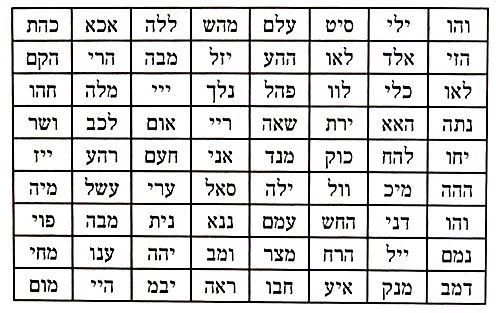
The Kabbalah Centre
"The 72 Names are each 3-letter sequences that act like an index to specific, spiritual frequencies. By simply looking at the letters, as well as closing your eyes and visualizing them, you can connect with these frequencies."
The Sefirot - Divine Emanations Manifest in Our World
The sefirot are the divine attributes of G-d that manifest in our world (and in every dimension!). They are both the divine light and the containers that filter that light from G-d to our realm of existence.
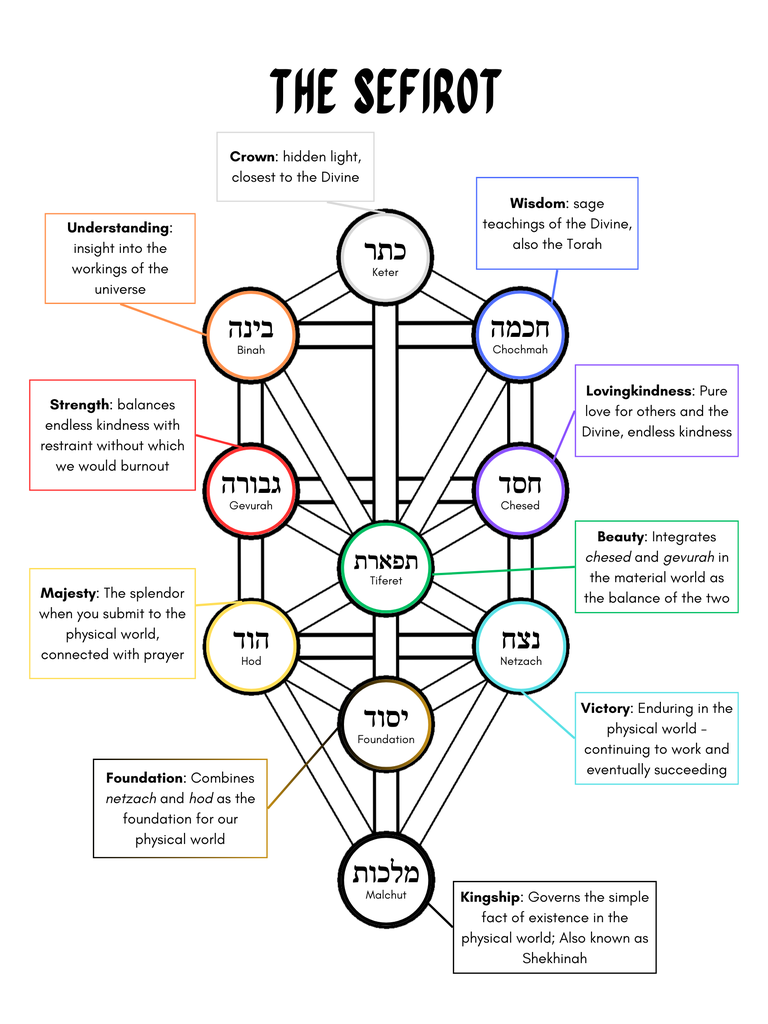
Relationships of Note:
- Chochmah and Binah are called the seichel, the mind; they represent the logical attributes
- The lower seven sefirot are called the middot, the word for character. They govern the emotions and actions
- Chesed and Gevurah are harmonized and put into action by Tiferet, which is why it is placed between the two; the same goes for Yesod harmonizing Netzach and Hod
- The sefirot on the right side are considered masculine and those on the left side are considered feminine
- Malchut is the only attribute that we as humans contribute to; it allows us to have a taste of the act of creation
How Do We Use the Sefirot?
Everything in our world is governed by one of the sefirot, and our goal should be to live in the harmonizing space between them as often as possible.
We also use them to gain deeper understanding in our Patriarchs and other Torah figures, as well as use the seven lower middot to characterize each of the 49 days of the Omer, one pair of sefirot for each day.
Other ways you can incorporate Kabbalah:
- Imagine yourself following the olamot during Shabbat services
- Meditate on the sefirot during the omer, or whenever you’d like
- Use the olamot as a pathway for meditation, feeling the warmth of the divine presence and light
- Consider which olam or sefira your rituals may need the most support from and call on the corresponding presence
- Explore the symbols and colors of each sefirot in your art or practice
For more about me, visit https://batshechinah.wordpress.com.




